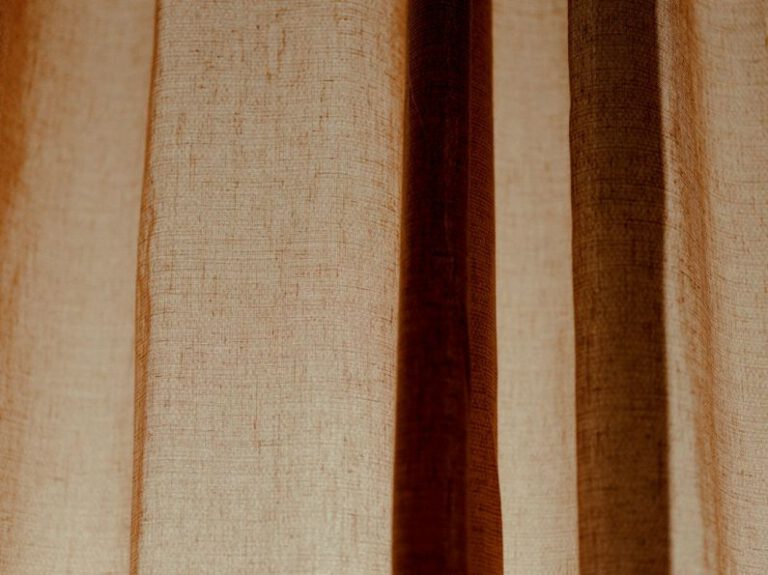What Are the Key Elements of a Minimalist Interior Design?
In recent years, minimalist interior design has gained immense popularity. With its clean lines, simplicity, and functionality, this style has become a go-to choice for many homeowners. But what exactly are the key elements of a minimalist interior design? Let’s dive deeper into this minimalist trend and explore what makes it so appealing.
Simplicity is the Ultimate Sophistication
At the core of minimalist interior design lies the concept of simplicity. This style aims to eliminate clutter and excess, focusing on clean lines and a minimal color palette. A minimalist space is stripped down to its essential elements, creating a serene and uncluttered environment.
Neutral Color Scheme
Minimalist interiors often feature neutral color schemes, such as whites, grays, and beige. These colors create a sense of calm and tranquility, allowing the focus to be on the space itself rather than the colors. By using a neutral color palette, minimalist design ensures that the space feels open and uncluttered.
Clean Lines and Geometric Shapes
Clean lines and geometric shapes are another key element of minimalist interior design. Furniture and architectural elements are often sleek and simple, with a focus on functionality. This design approach creates a sense of order and harmony within the space.
Decluttered Spaces
One of the main goals of minimalist interior design is to eliminate clutter. This means that every item in a minimalist space has a purpose and is carefully chosen. Storage solutions are essential in a minimalist home, as they help keep the space organized and clutter-free. Built-in cabinets and hidden storage options are often used to maintain a clean and minimalistic appearance.
Natural Light and Open Spaces
Minimalist design often embraces natural light and open spaces. Large windows and skylights are incorporated to maximize the amount of natural light entering the space. This not only enhances the aesthetic appeal but also creates a sense of openness and airiness. By allowing natural light to flow freely, minimalist design blurs the lines between the indoors and outdoors, creating a more harmonious living environment.
Functional Furniture
Functionality is a key aspect of minimalist interior design. Furniture pieces are chosen for their practicality and purpose. Multi-functional furniture, such as storage ottomans or coffee tables with built-in drawers, are popular choices in a minimalist space. By focusing on functional furniture, a minimalist interior ensures that every item serves a purpose and eliminates any unnecessary clutter.
Texture and Materials
While minimalism is often associated with clean lines and simplicity, adding texture and different materials can elevate the design. Textured fabrics, such as linen or wool, can add visual interest and depth to a minimalist space. Additionally, incorporating natural materials like wood or stone can bring warmth and a touch of nature to the overall design.
Less is More
The phrase “less is more” perfectly encapsulates the essence of minimalist interior design. This style embraces simplicity, functionality, and a clutter-free environment. By focusing on the essential elements and eliminating excess, minimalist design creates a space that is visually appealing, calming, and organized.
In conclusion, minimalist interior design revolves around simplicity, clean lines, and functionality. By incorporating a neutral color scheme, decluttered spaces, natural light, and functional furniture, this style creates a serene and uncluttered environment. With its emphasis on simplicity and the principle of “less is more,” minimalist interior design continues to captivate homeowners seeking a minimalist and harmonious living space.






